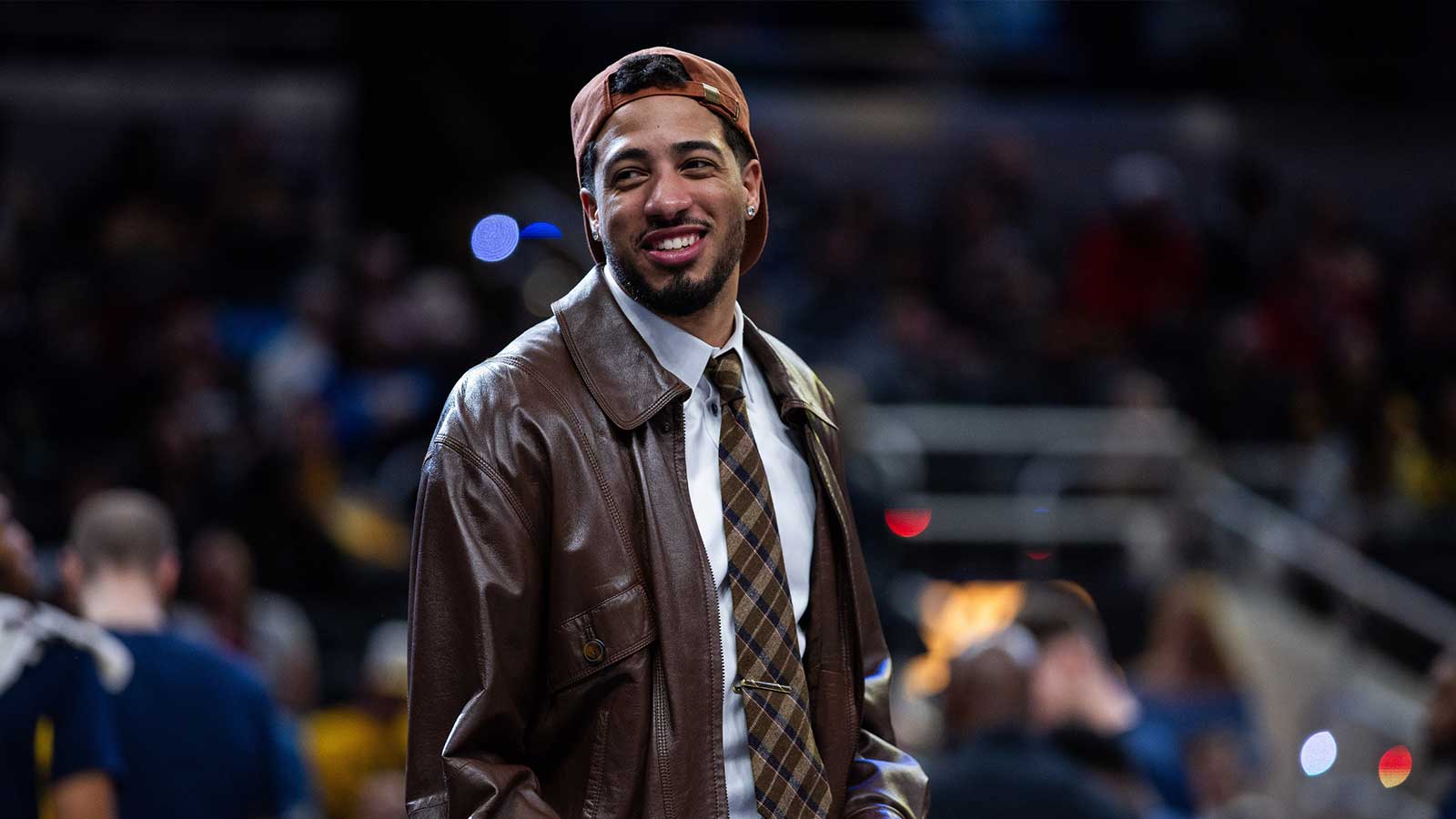Months after charges for involuntary manslaughter against actor/producer Alec Baldwin were initially dropped in the tragic, fatal shooting case on the set of the film ‘Rust‘, charges are now back on for the film's star.
The reversal of fortune was announced on Friday when a grand jury in New Mexico indicted Alec Baldwin. The film's cinematographer, Halyna Hutchins, was killed over two years ago on the Rust set when a gun Baldwin was rehearsing with went off.
The charges being revived did not come as a total surprise in the case, and stem from the legal challenges that dismissed the initial charge in the first place being subsequently addressed in the time since.
The first time Baldwin faced involuntary manslaughter, his attorneys got the case dismissed on the grounds that Baldwin was improperly charged under a law that did not exist at the time of the shooting. Further, his lawyers argued that the special prosecutor in the case, Andrea Reeb, was also a member of the New Mexico Legislature and thus her serving in the case represented a conflict of interest.
As a result, Reeb stepped down and the case was then handed off to a new prosecutor team of Kari T. Morrissey and Jason J. Lewis, who dismissed the original charge against Baldwin after analyzing new evidence concerning the gun in question.
Baldwin has maintained throughout the legal case both that he was unaware live ammunition was in the weapon (or anywhere on set for that matter), and that he never actually pulled the trigger of the weapon.
The initial case being dismissed stemmed from Morrissey and Lewis' evidence that the gun may have been altered in a way that could have made it discharge more easily without the trigger having been pulled (which would support Baldwin's defense).
However, the prosecuting team explained that they reserved the right to recharge Baldwin after further inspecting the gun — which is what is now taking place. A new forensic report countered the earlier finding, suggesting that two pounds of pressure was needed for the gun to fire, and therefore Baldwin must have pulled the trigger.
Although this finding is fraught with controversy too since, in order to conduct the testing, parts of the gun which were damaged by the F.B.I. during its research into the case had to be replaced for the most recent tests. Baldwin's defense is expected to bring up these complicating factors.
These details are also obscuring the larger question from the case of whether an actor who has to fire a gun for a scene during filming is expected to be held accountable for the safety protocols of the situation as well.
Baldwin said in a television interview after the shooting that, “Someone put a live bullet in a gun, a bullet that wasn’t even supposed to be on the property.” He added, “Someone is responsible for what happened, and I can’t say who that is, but I know it’s not me.”
For Baldwin to be convicted of the more serious count of the two potential involuntary manslaughter charges being brought, it has to be proven that he acted with “total disregard or indifference for the safety of others” in firing the weapon.
As the New York Times notes in a piece published Friday, Baldwin's legal team, production armorers (the department which provided the gun for the set), and Baldwin's acting union SAG-AFTRA have all defended him in the case — insisting the “prosecutor’s contention that an actor has a duty to ensure the functional and mechanical operation of a firearm on a production set is wrong and uninformed” and furthermore that “an actor’s job is not to be a firearms or weapons expert.”
If convicted, Alec Baldwin could face up to 18 months in prison in New Mexico for an involuntary manslaughter charge, so no doubt the legal saga surrounding the Rust shooting will continue to be followed closely by all involved.




















